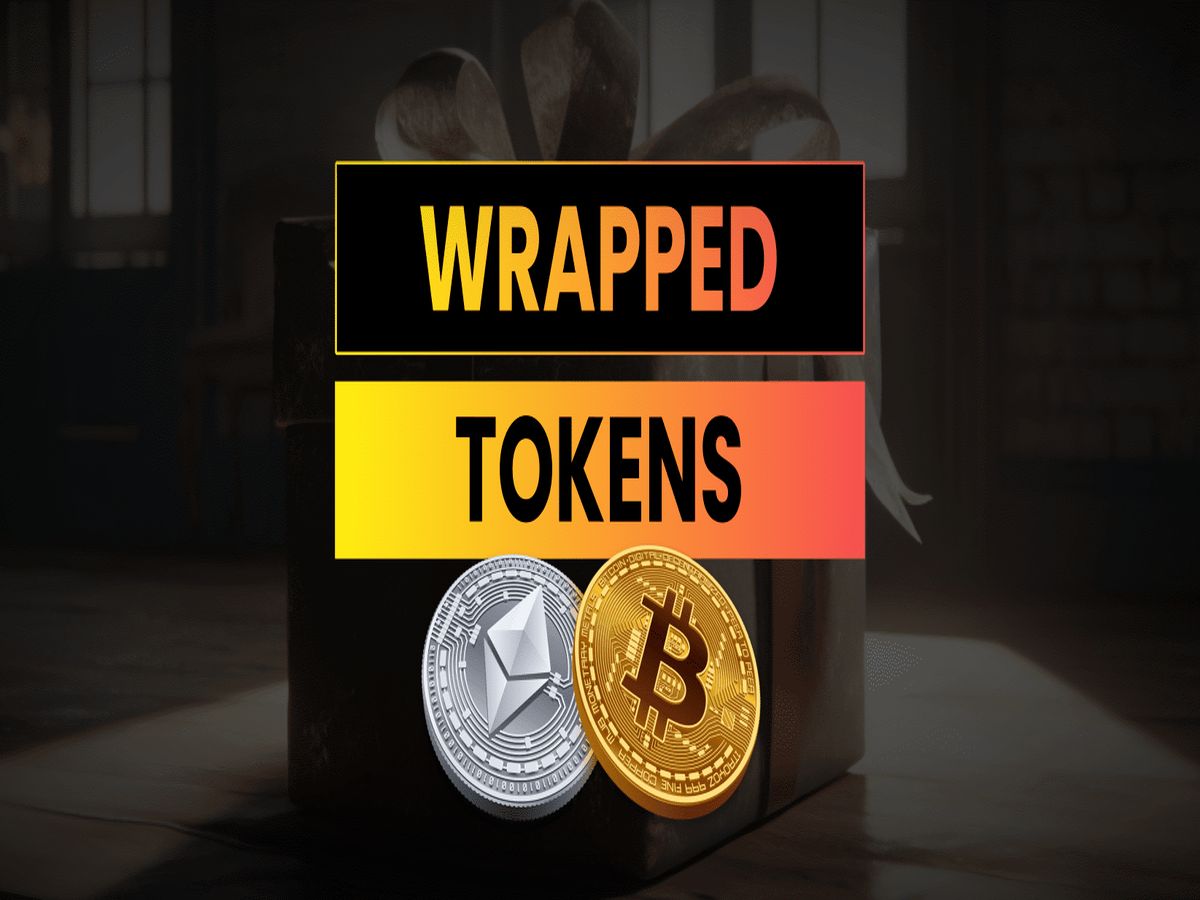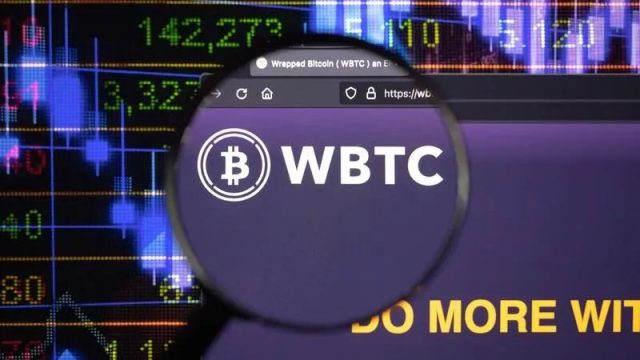Tokens are wrapped to make them usable on another blockchain or in a specific environment to which they are not a native.
By description, a wrapped token is a form of crypto or digital asset that is backed by another coin or asset, mostly one that is native to a certain network or blockchain, or that is ‘wrapped’ by it. However, why are wrapped tokens important?
Wrapped tokens are important for cross-chain interoperability and decentralized finance (DeFi) applications. They let users take advantage of different features and services offered on multiple blockchains by letting assets from one blockchain be used easily on another.
Depending on the exact use case and framework of the wrapping mechanism, wrapped tokens can represent a wide variety of assets, including stablecoins, cryptos, and non-fungible tokens (NFTs).
For example, Wrapped Bitcoin (wBTC) is a renowned example on the Ethereum network. But what is Wrapped Bitcoin? WBTC represents Bitcoin (BTC) and lets users communicate with Ethereum-based DeFi protocols and decentralized exchanges (DEXs) while preserving Bitcoin’s characteristics and intrinsic value.
Related:Mark Berisha of The MonkeyFirm Explains Wrapped Token-Backed NFTs and More
How Do Wrapped Tokens Operate?
When working with platforms for decentralized applications and DeFi that use most blockchains, wrapped tokens are highly helpful. Here is how the wrapped tokens operate:
Asset Locking
A particular amount of the native coin of one blockchain, like Ethereum, is ‘locked’ into a smart contract to generate a wrapped token. A decentralized autonomous organization (DAO) or a trusted entity normally focuses on this locking procedure. The locked native coin works as collateral for creating wrapped tokens.
Wrapped Tokens Issuance
Once the original crypto is locked, an equivalent number of wrapped tokens are developed or released on a different blockchain, for instance, a wrapped version of Bitcoin called wBTC is unleashed on the Ethereum blockchain. Within the network of the other blockchain, the wrapped tokens, which represent the ownership of the locked native coin, are traded freely.
Types Of Wrapped Tokens
Different types of wrapped tokens include stablecoin equivalents, wETH, eBTC, and blockchain-specific wrapped tokens.
Wrapped tokens are well-developed to work in harmony with specific blockchain settings, allowing the integration of most assets into one platform. One of the many wrapped tokens, wrapped Bitcoin, lets BTC owners use their holdings in Ethereum’s decentralized applications and on decentralized finance (DeFi) platforms.
The Ethereum network is also made highly efficient through Wrapped Ether (wETH), which helps facilitate trading and smart contract interactions. Furthermore, stablecoins can be readily used across multiple blockchain ecosystems due to the wrapped equivalents of stablecoins, such as USD Coin (USDC), Tether (USDT), and Dai (DAI).
On that note, some blockchains host their wrapped tokens, such as Polygon and BNB Smart Chain (BSC), boosting cross-chain compatibility and supporting various decentralized use cases.
In the ever-changing crypto network, the tokens play an integral role in bridging the gap between blockchain platforms, enhancing liquidity, growing accessibility, and boosting interoperability.
What Are The Advantages Of Wrapped Tokens?
Wrapped tokens boost cross-chain compatibility, asset functionality, and liquidity, boosting a highly interconnected and versatile crypto ecosystem.
In the crypto and blockchain technology space, wrapped tokens provide several benefits. First, they boost cross-chain interoperability, supporting the smooth incorporation of assets from most blockchains into a particular ecosystem. This boosts users’ access to a massive variety of liquidity and assets.
Secondly, wrapped tokens can make it quite easy to incorporate assets with other functionality. For instance, wBTC can be utilized in the integration of Bitcoin into the Ethereum DeFi network. They also standardize and simplify asset interactions, which makes them simple to use.
Moreover, wrapped tokens encourage decentralization by offering users increased power over their assets. The accessibility, utility, and adaptability of digital assets are considerably increased by the tokens across various blockchain networks, encouraging a highly connected and dynamic cryptocurrency economy.
Related:Liti Capital’s Wrapped LITI (wLITI) Lists on Bitcoin.com Exchange
What Are the Restrictions Of Wrapped Tokens?
Wrapped tokens have restrictions, including complexity, centralization risks, limited asset compatibility, and regulatory issues, despite their renowned role in bridging blockchain ecosystems and boosting utility.
Unfortunately, wrapped tokens have many shortcomings despite their multiple advantages. For example, they depend on custodians to own the original assets, which raises issues about centralization and counterparty risk. The value and benefits of the wrapped token may be affected in case the custodian experiences issues.
Also, some users might get discouraged by the complexity and expenses of the wrapping and unwrapping of tokens. Moreover, relying on other protocols and bridges to wrap tokens presents potential security risks and may call for increased trust in third-party networks.
Notably, not all assets can be wrapped readily, which limits various assets that can be used across chains. Lastly, regulatory issues related to wrapped tokens may result in legal ambiguity, which might impact their use and adoption.
Despite all these shortcomings, wrapped tokens continue to be critical for linking blockchain networks and enhancing the utility of assets, but users need to be careful and informed while using them.










